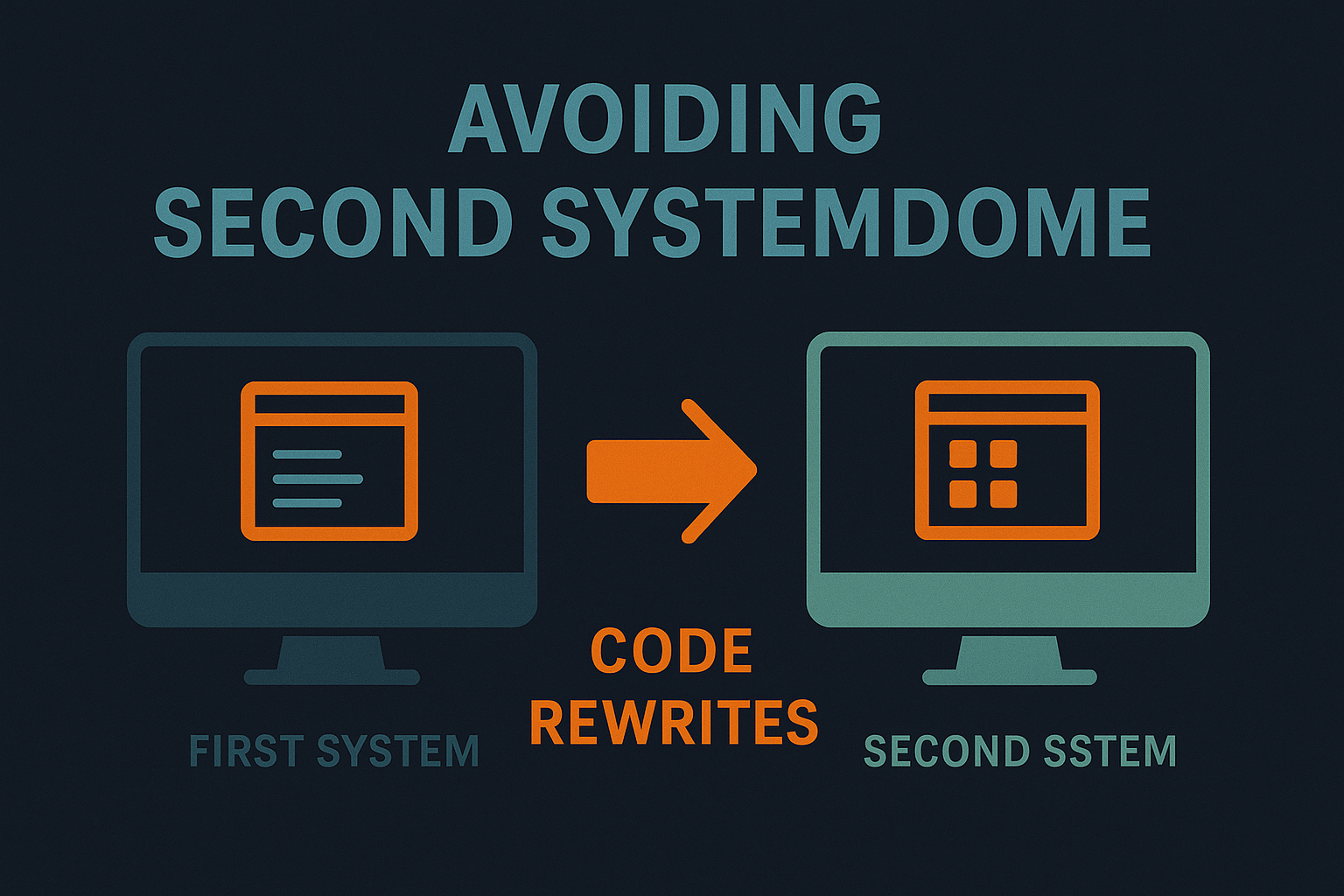When developers rewrite a system, they often try to fix everything that was wrong with the original version. This is a natural instinct, but it can lead to what Fred Brooks called “Second System Syndrome.” In The Mythical Man-Month, Brooks described how the second iteration of a system is often over-engineered, filled with unnecessary features and complexity.
The original system, though imperfect, was simple and served its purpose. The second system, designed with the benefit of hindsight, often suffers from the desire to add too much. The result? A bloated, difficult-to-maintain codebase that doesn’t perform any better than the original.
How to avoid Second System Syndrome:
- Keep it simple: Resist the urge to over-engineer the new system. Focus on solving the core problems and avoid adding extra features just because they seem useful.
- Test incrementally: Instead of rewriting the entire system at once, break it down into smaller components that can be tested and deployed incrementally.
- Don’t underestimate the cost: Rewriting an entire system is time-consuming and risky. Make sure that the potential benefits outweigh the costs before you commit to a rewrite.
Remember, the goal of a rewrite is to improve the system, not to make it more complex. Keep the focus on simplicity and practicality, and you’ll avoid the pitfalls of Second System Syndrome.

